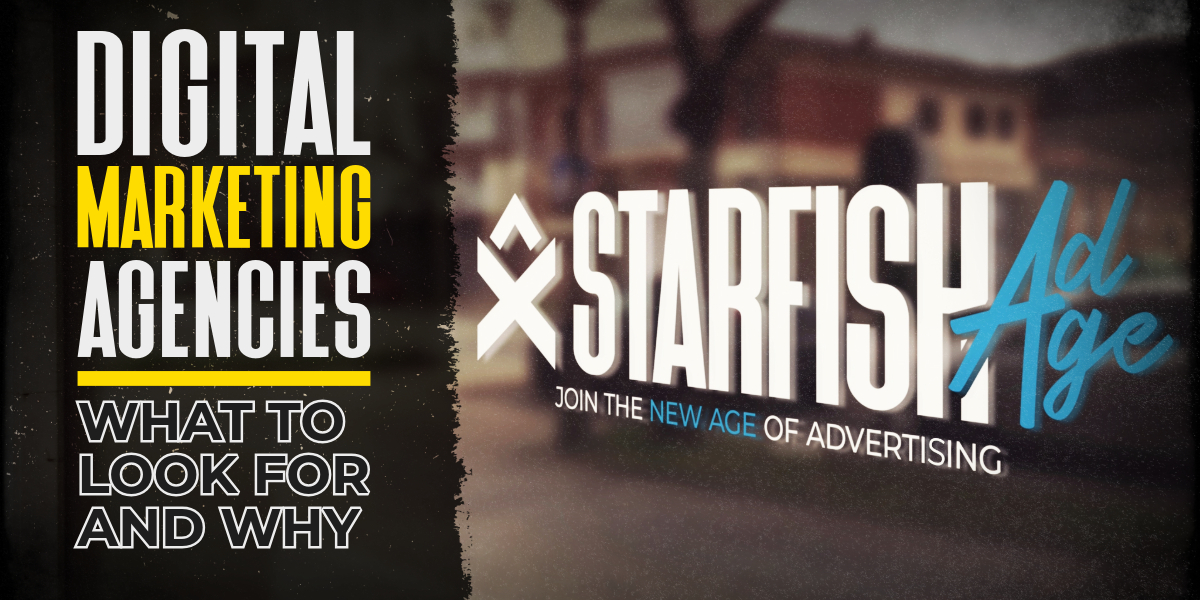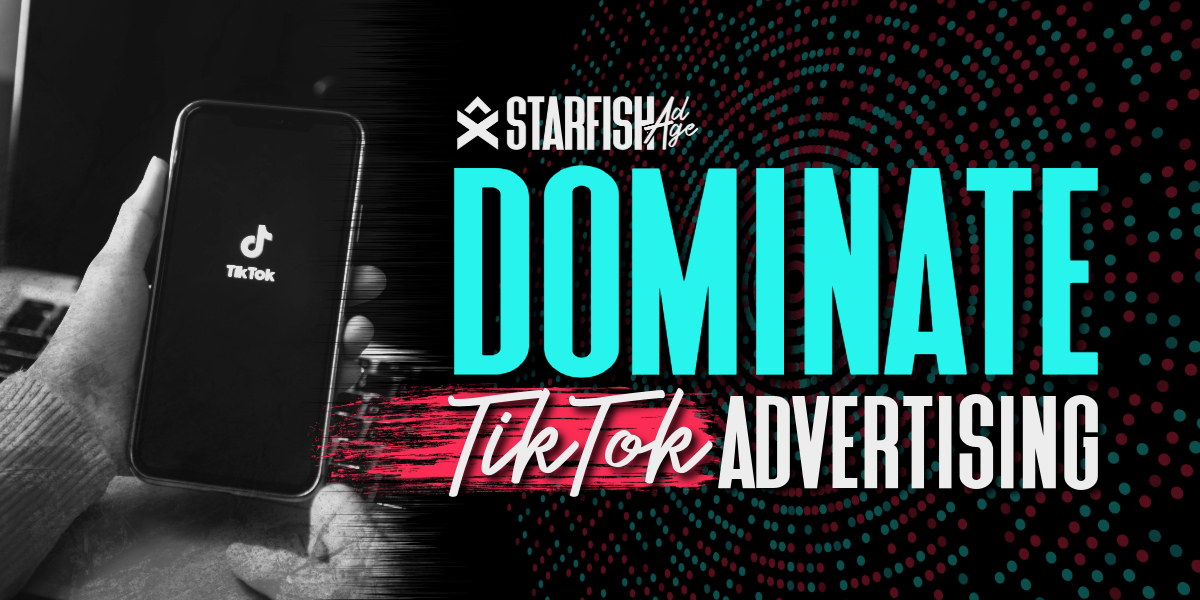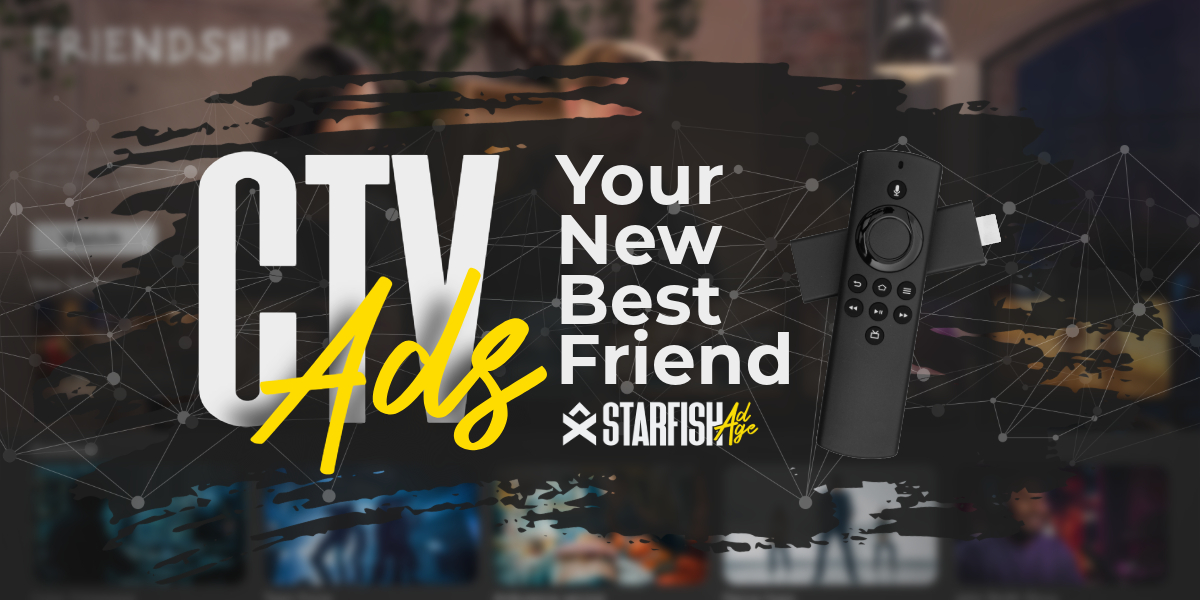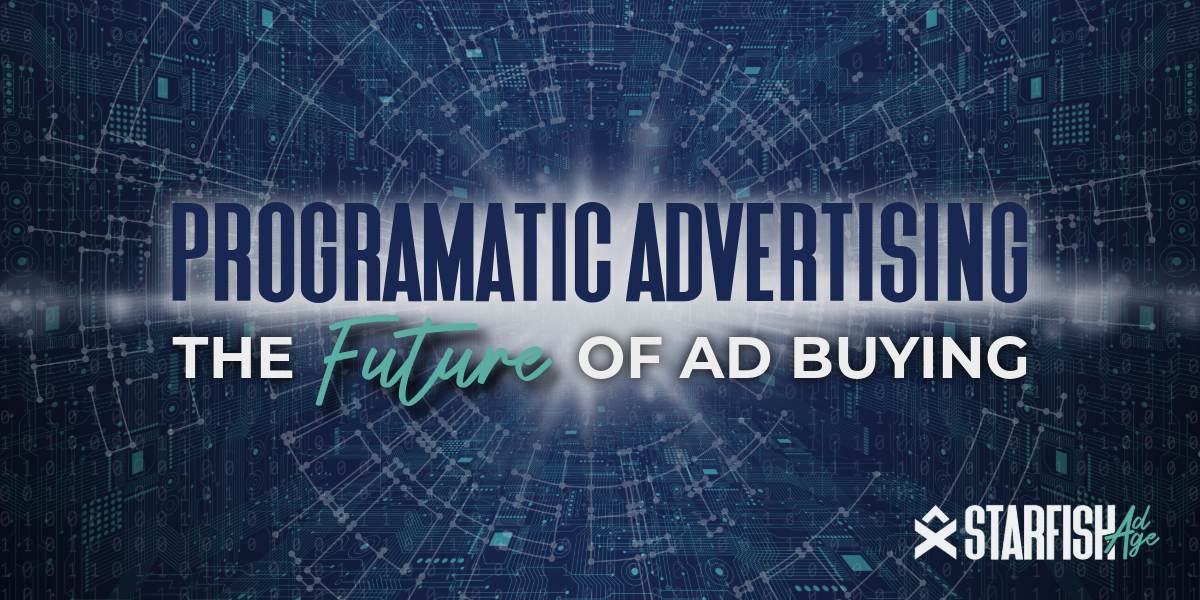
What Are The Different Digital Marketing Services?
Learn about SEO, PPC, social media marketing, content marketing, and more to drive traffic and conversions. Read now!

The ad-supported plan is $6.99 per month. Twelve nations will have access to it, including Brazil, Japan, Mexico, the United Kingdom, and the United States. Advertisements of 15 to 30 seconds in length will play before and during Netflix shows. On average, there will be four or five minutes of commercials every hour. At launch, only geographic and topical targeting will be available. Digital Ad Ratings from Nielsen will be available to advertisers in 2023. Time and location for commercials and shows
Ads will be included in certain Netflix originals, including “Emily in Paris,” “Glass Onion: A Knives Out Mystery,” and “The Crow.” However, not all TV episodes and movies are accessible on the ad-supported tier. This is because Netflix will need to renegotiate some of it’s contracts with content providers to integrate advertisements into specific series and movies.
According to comments made by Netflix’s COO and chief product officer, Greg Peters, between 5 and 10 percent of the service’s content would be unavailable on the ad-supported tier. This number will vary from country to country.
The fact that Netflix’s original programming and licensed films were not made with commercial breaks in mind presents a hurdle when placing mid-roll advertising. Netflix looks to be adopting a hands-on approach to inserting advertisements into it’s live-streaming videos, as opposed to automating the process on other digital platforms like Facebook. Internal content tagging teams have been deployed “to locate those natural breakpoints so that we may deliver the ad in the least intrusive position,” Peters said.
While some movies on the free tier may have commercials in the middle of the feature, others may be ad-free. Peters predicted that only pre-roll commercials would be included in new releases. Pre-roll and mid-roll advertisements would be included during “movies that have been on the service for a long time,” he said.
Compared to post-roll, pre-roll is more valuable to marketers. According to Tatari’s senior director of media, Vicky Chang, added interaction is on the way. Tatari is an ad purchasing agency that specializes in television and online video. In any case, Netflix has not informed advertisers or agencies whether it would give insights or assurances on advertisements appearing as pre-rolls instead of mid-rolls.
Netflix will show “no more than four to five minutes of advertising per hour and adding some strict frequency limitations, so subscribers don’t see the same ad again,” Peters stated in regards to the frequency with which customers would be exposed to advertisements. A Netflix representative refused to comment on the specifics of these frequency limitations, and he did not elaborate. Netflix, according to various agency executives, will only display the same ad to a user once an hour and no more than three times a day.
Netflix’s first ad offering won’t provide much in the way of sophistication from the perspective of the advertising industry. For the time being, Netflix will not be auctioning off ad inventory at fluctuating prices but instead will use a fixed-price strategy. Even though Digiday has claimed that Netflix is asking for $65 CPM from advertising, Gorman has refused to provide this information. The service will only allow marketers to focus their advertising based on the top 10 list of movies and series, as well as genre.
Tatari’s vice president of media procurement and operations, Brad Geving, said that the targeting choices are “quite restricted, for sure” at launch. However, “we do get a lot of value out of genre targeting because normally you are addressing people who are of a specific mentality or a certain interest group,” as one commentator put it.
But content categories won’t be Netflix’s only targeting choice for long.
If you join up for Netflix’s ad-supported tier, the business will ask for your date of birth and gender. Eventually, but not at launch, this data will be used to target ads based on your age and gender, said Gorman. She also said that behavioral advertisements will be enabled on Netflix in the future, but did not elaborate on the specifics of the ad targeting.
Since Netflix will have access to users’ email addresses upon registration, the service may use this information to match accounts with third-party data for targeting purposes. This data may include, but is not limited to, web browsing data associated with Unified ID 2.0, data on household income and purchase histories from third-party data providers, and advertisers’ own lists of customers’ email addresses. On Thursday, Netflix officials were silent on whether or not they planned to use email-based targeting.
User data from Netflix’s ad-supported service, on the other hand, will not be made accessible for use in any context outside of the streaming service. Advertisements on Netflix are the only way that companies like Microsoft can exploit this data. According to Gorman, this information will not be utilized to create user profiles for targeted advertising on other platforms.
The restricted availability of measuring alternatives till next year may mean that the absence of targeting choices at launch is for the best. According to Gorman, Netflix has contracted with DoubleVerify and Integral Ad Science to verify the delivery and viewability of sponsors’ commercials, but the company won’t have access to this data until the first quarter of 2023.
In the United States, marketers will be able to monitor their campaigns’ reach with the help of Nielsen’s Digital Ad Ratings starting in 2023. As a result, marketers will be able to see how Netflix stacks up against other video streaming services and video platforms that use Nielsen’s DAR measurement, including YouTube, Roku, and Disney-owned Hulu, in terms of how many people overall and in specific demographic segments saw a brand’s ad on Netflix.
Executives from Netflix did not reveal how many people they anticipate to sign up for the ad-supported service or how many of their current customers may decide to make the transition.
Netflix’s continuous crackdown on password-sharing may help the firm gain ad-supported customers. Customers may be more willing to pay $6.99 for the ad-supported tier than $15.49 for the standard ad-free tier or $9.99 for the basic ad-free tier if they lose their free, unauthorized access to Netflix. That, Geving argued, is the “black horse” in the situation.
However, there remains the question of whether or not the free ad-supported option is sufficient. In an era when TV networks and primary streaming services like Hulu air programming in 1080p resolution and when more than half of U.S. households own TVs capable of the even higher 4K resolution, Netflix’s decision to limit the ad-supported service’s video resolution to 720p may be a deterrent to adoption.

Learn about SEO, PPC, social media marketing, content marketing, and more to drive traffic and conversions. Read now!

Learn how to select the best digital marketing agency for your small business, the benefits of hiring an agency, and tips for maximizing your online presence.

Learn how to leverage TikTok advertising, ad formats, targeting options, and best practices to increase brand awareness, and drive sales.

Learn about Connected TV (CTV) ads, their benefits, and how they work. Understand programmatic CTV advertising for effective digital marketing campaigns.

Discover the benefits of programmatic advertising, an automated method of buying digital ad space that enhances targeting, efficiency, and campaign performance.
All Rights Reserved | Starfish Ad Age LLC | 2023 | Privacy Policy